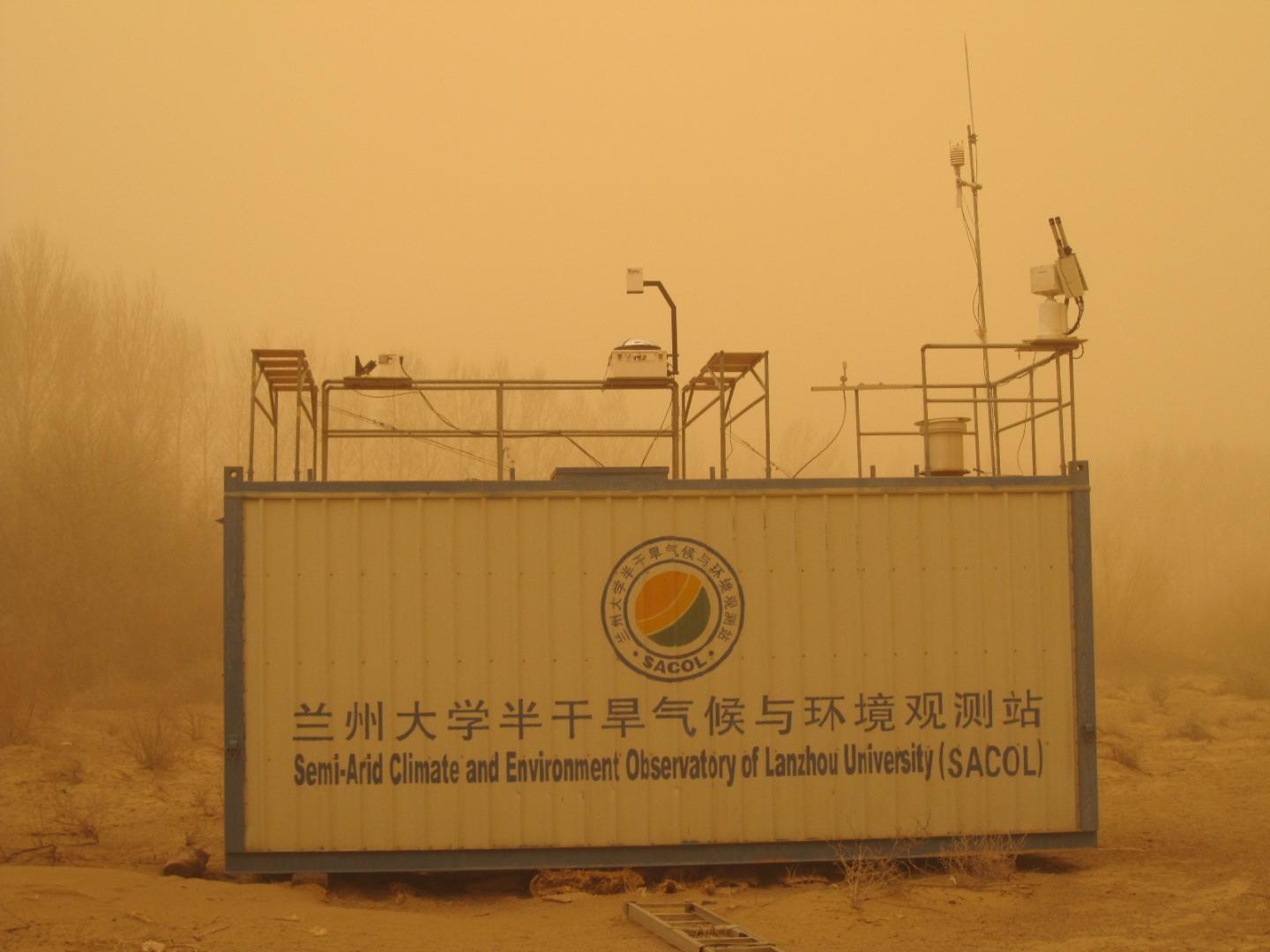
Credit: Jianrong Bi
Drylands cover approximately 50% of the land surface in China, among which semi-arid regions are the main dryland type. However, these semi-arid regions have undergone continuous expansion and a significant drying trend in recent decades, which increases the risk of land degradation and deterioration in China. Fully understanding the characteristics and dynamics of semi-arid climate change in China is essential for delaying desertification, protecting renewable regional resources and developing reasonable policies, according to Prof. Jianping Huang at the Key Laboratory for Semi-arid Climate Change of the Ministry of Education, College of Atmospheric Sciences, Lanzhou University.
Huang’s article co-authored with his team of researchers from the College of Atmospheric Sciences, Lanzhou University, has been published in Advances in Atmospheric Sciences. It is one of the papers included in a special issue on the National Report (2011-2018) to the International Union on Geophysics and Geodesy (IUGG) Centennial by the China National Committee for IAMAS.
In their paper, the authors systematically review the characteristics of semi-arid climate change in China, and highlight the dynamic processes and mechanisms affecting semi-arid climate change. The projection of semi-arid climate change and many issues that need to be further investigated are also summarized and discussed.
Studies have shown that semi-arid regions dominate the coverage of drylands in northern China, which have experienced the largest warming and significant expansion during the last 60 years. The climate in expanded semi-arid regions has become drier and warmer, particularly in the newly formed semi-arid areas, and the drying trend is strongly associated with the weakened East Asian summer monsoon. The intensity of the regional temperature response over these regions has been amplified by land-atmosphere interactions and human activities, and the decadal to interdecadal climate variation in semi-arid regions is regulated by oceanic oscillations. Dust-cloud-precipitation interactions may have altered semi-arid precipitation by affecting the local energy and hydrological cycles.
“In the 21st century, semi-arid regions in China are projected to continuously expand. It will increase the challenges in dealing with desertification, food security and water supply.” Said Huang.
###
Media Contact
Ms Zheng Lin
[email protected]
Original Source
http://english.
Related Journal Article
http://dx.




